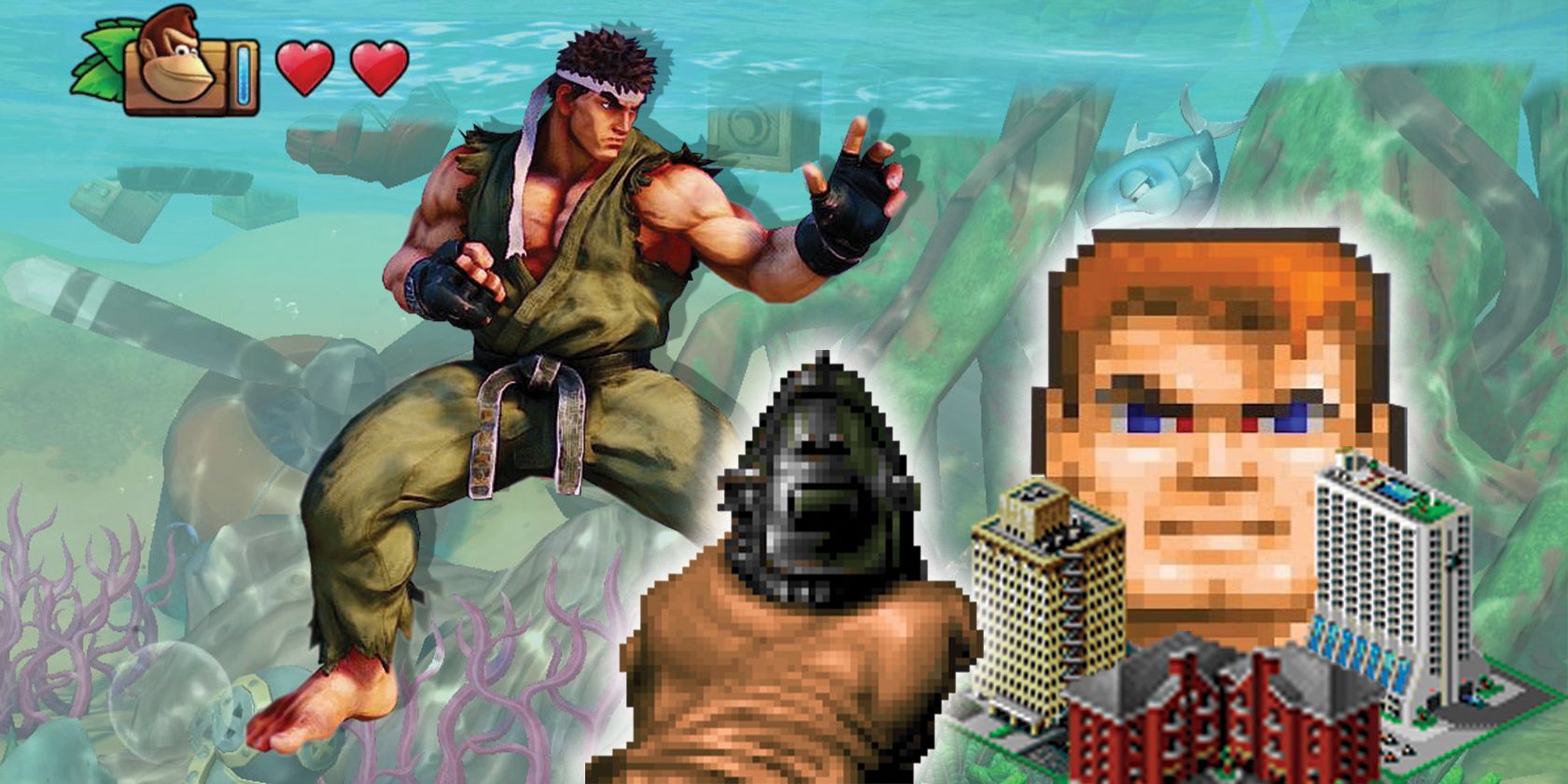If you're a gamer who regularly plays video games, the chances are you will have played a 2.5D title. You may not know that this is the term used to describe a particular game you've played, but there's plenty of them out there.
So, what exactly is a 2.5D game, and how does the 2.5D concept work? Let's drill down into the details.
What Is a 2.5D Game?
To put it simply, a 2.5D game is one that portrays a 3D environment while incorporating 2D gameplay. Or, a game that uses seemingly 3D gameplay but uses 2D sprites instead of 3D models. It might even come down to the perspective from which you view the game.
So, for example, a game may be played from an isometric perspective. This view, which is also referred to as axonometric perspective, will use 2D objects that, thanks to the isometric view, will present as 3D. The isometric viewpoint gives the illusion that the game is 3D, when, in fact, it isn't.
You might have a side-scrolling platform game (the 2D element) which uses 3D models as the characters and the background (the 3D element). This will look 3D, but it actually isn't. In reality, the action takes place on a single plane despite perceived depth of field.
Likewise, you may have a game that takes place in a 3D environment, yet the game makes use of 2D sprites rather than modeling characters and objects in 3D. These will appear to be 3D, even though they're not.
This mixture of the two dimensions creates a new 2.5D perspective.
However, this is a pretty modern take on the 2.5D concept, when it isn't really a modern concept at all. At least, not in the world of video games.
When Did 2.5D Games First Appear?
As mentioned, 2.5D games have been around for some time. Actually, almost since the advent of arcade video gaming. Taito was one of the first companies to incorporate a 2.5D environment into a video game with the arcade shooter, Interceptor.
For the uninitiated, Interceptor involved players controlling a tail-gunner style aircraft, with a crosshair at the center of the screen. Players could move the crosshair to shoot enemy airplanes out of the sky. These enemy craft would approach the player and the 2D sprites would grow in size the closer the enemy came to your own craft.
This is undeniably a 2D game with 3D elements, making it a 2.5D game.
Jump ahead a couple of decades and you'll find games such as Wolfenstein, Doom, and Duke Nukem. These all offered a 3D environment for the player to explore, yet the sprites in the game were just that; 2D sprites rather than 3D models. This means that all three of these games are 2.5D, rather than 3D.
For comparison purposes, Quake is a 3D game, which allowed gamers to explore 3D levels but with 3D models, too. So your character's guns, enemies, and any object you find lying around the levels, are all in 3D. Quake, therefore, is a 3D game.
Side-scrolling platformers like Donkey Kong Country feature 3D style characters and backgrounds, yet you can generally only move in the 2D plane, so we can accurately describe these as 2.5D as well.
Finally, let's think about some isometric (or axonometric) games. Lots of us have enjoyed many an hour playing Sim City 2000, the earlier games from the Command and Conquer series, or Theme Park.
Despite looking like 3D games, none of those three actually are. They use 2D sprites arranged in an isometric view, meaning they are flat images that give the impression that they're 3D. (Yes, the N64 had 3D Command and Conquer, and it was a hideous mess).
Why Developers Use 2.5D Perspectives
Initially, it was about the hardware limitations of the systems we played games on.
Can you imagine attempting to generate 3D games on a NES? That wasn't going to happen. Which is why Legend of Zelda features all of the sprites in 2D, yet still has a depth of field and th ability to move in more than two directions (left and right, and seemingly into/out of the 2D plane).
Also, it soon became about the immersion in a video game.
If you have a game that is completely 2D, then it looks less realistic and may not draw you into the environment as much. If you have a scrolling 2D game with 3D sprites and a 3D-style background, then arguably this is more engaging and thus more immersive.
Now You Know What a 2.5D Game Is
So, now you know what 2.5D games are and how they work, perhaps you could grab a few 2.5D titles off Steam or the Nintendo Switch eShop. There are plenty available on both platforms.

